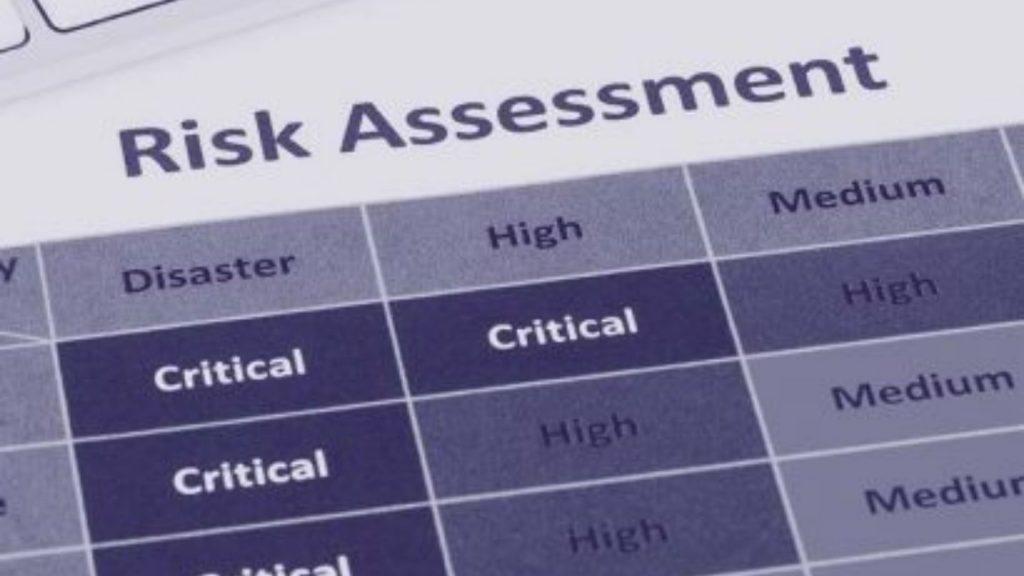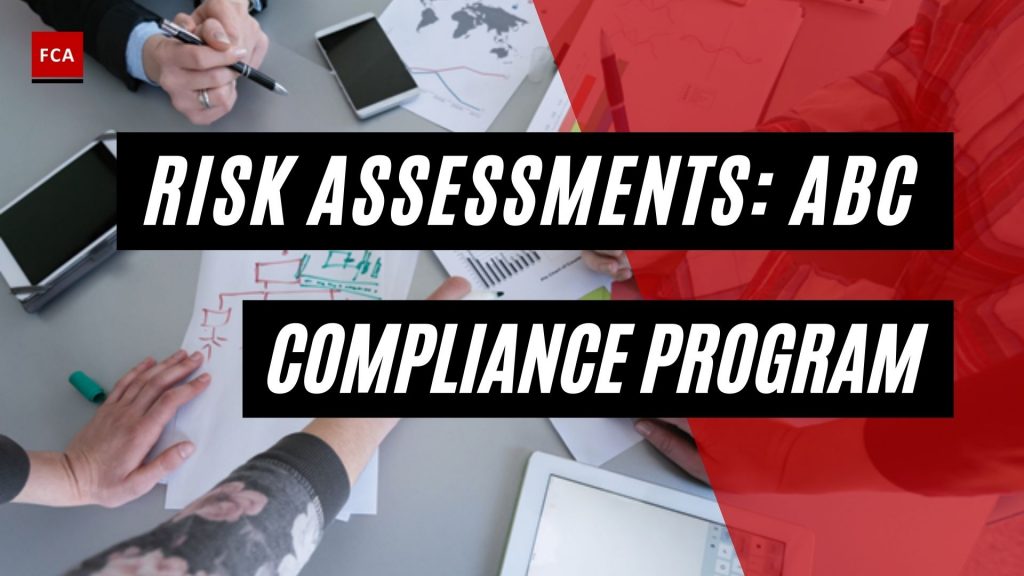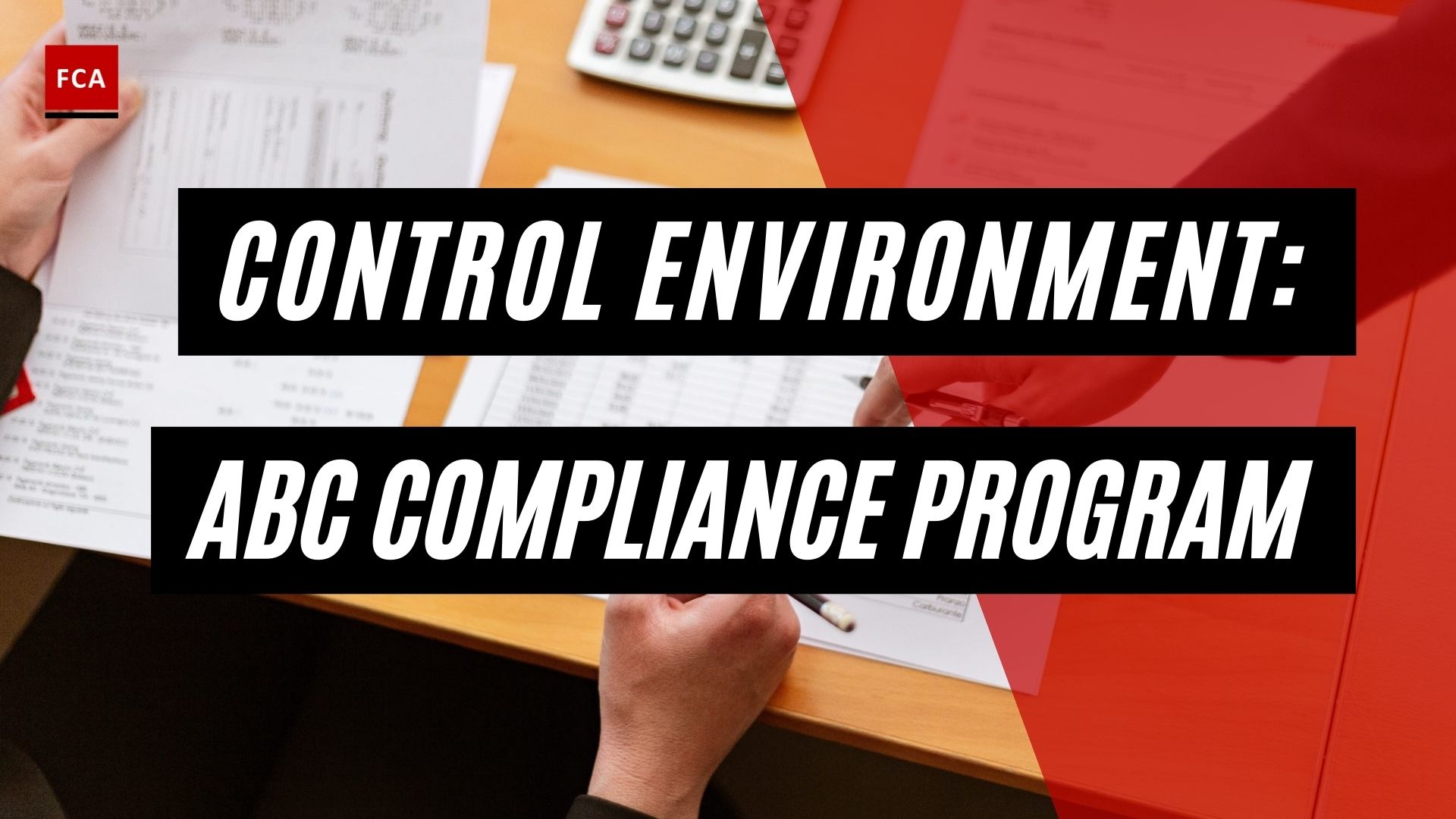Risk assessments is crucial in identifying, analyzing, and assessing the financial and likely impact on the organization’s risk profile. To identify and assess the impact of bribery and corruption, the ABC officer and other subject matter specialists perform periodic risk assessments to identify the significant and potential bribery and corruption risks and map them with appropriate controls to assess the risk impact.

Risk Assessments: ABC Compliance Program Elements #4
The risk assessment is a regular and ongoing exercise to be performed by the risk management and compliance professionals, considering the current control structure and applicable regulatory and industry requirements. Without a risk assessment, the enterprise risk management practices may not be strengthened, and control gaps may remain unidentified, leading to reputational, operational, and financial losses.
Each organization should periodically assess the nature and extent of the inherent risks relating to bribery and corruption to which the organization is exposed and the effectiveness of internal controls designed to identify and mitigate these risks.
Internal controls must be designed to ensure that all identified risks are mitigated and the component of residual risk is minimized to avoid any potential regulatory or legal requirements. It is the responsibility of the Senior Management to design and implement effective internal controls in the organization’s processes to ensure that the customers and employees do not breach the regulatory and legal requirements.
Risk
A risk is anything that endangers the achievement of an objective. The risk assessment process is used to identify, analyze, and manage the potential risks that could hinder or prevent an agency from achieving its objectives. Risk increases during a time of change, for example, turnover in personnel, rapid growth, or establishment of new services.
A risk assessment protects the business and helps comply with the applicable anti-bribery and corruption regulatory requirements. A risk assessment is a careful examination of what could cause people to take bribes and be involved in corruption.
Periodic risk assessments must support the compliance program framework to identify inherent risks and determine the effectiveness of the organization’s bribery and corruption controls. Some business areas may be more susceptible to acts of corruption and may need more frequent or detailed reviews. Risk assessment is important to identify the financial and likely impact of the bribery and corruption risks on the organization’s risk profile. To identify and assess the impact of bribery and corruption, the ABC officer and other subject matter specialists perform periodic risk assessments to identify the significant and potential bribery and corruption risks and map them with appropriate controls to assess the risk impact.
Moreover, the assessment output should be shared with Senior Management to ensure appropriate actions are taken to mitigate identified areas of concern.

Risk Assessments
Risk assessments should assess inherent risk. and related internal controls to arrive at a residual risk level and score. There are many elements of a risk assessment. However, the core assessment must include the potential liability created by Intermediaries and other third-party providers as appropriate and the corruption risks associated with the countries and industries in which the organization does business, directly or through Intermediaries.
The corruption risks associated with gifts and hospitality, hiring or internships, charitable donations, political contributions, and the changes in the business activities that may materially increase the bribery and corruption risks should be assessed appropriately. The transactions, products, or services, including those that involve state-owned organizations or Public Officials, and the activities of the branches and subsidiaries must also be assessed.
The organization must take measures to adjust and update its compliance program to mitigate the residual risks identified during the risk assessment activities to ensure that all risks are identified and assessed as per the requirements of risk management principles.
Agreeing The Risk Assessment Process
Consider how the risk assessment will be conducted, who will conduct it/have ultimate responsibility for it (and whether external expertise is required), what data is required to conduct the risk assessment, and how the process will be documented as a first step. It is critical to ensure that the process has adequate senior level support and that the scope of the risk assessment is clearly defined (e.g., which entities/jurisdictions it includes, whether it will be combined with risks other than ABC, and how it will feed into the overall enterprise risk management (ERM) process).
Risk Mapping
Risk mapping can be approached in a variety of ways, but it is critical that the process is not generic, in the sense that it does not only consider the types of risks typically faced by a company in a specific sector/geography. Furthermore, businesses should consider the risks and compliance issues they have previously or currently face.
Final Thoughts
Once the risks have been identified, it is critical to determine where the greatest residual risks (both in terms of severity and likelihood) exist by evaluating how well the ABC compliance program mitigates the risks identified. This should ideally be done through a review of the effectiveness of the compliance program, including financial controls. The residual risk analysis will ultimately assist the company in directing its resources toward improving the program where it is most needed.








